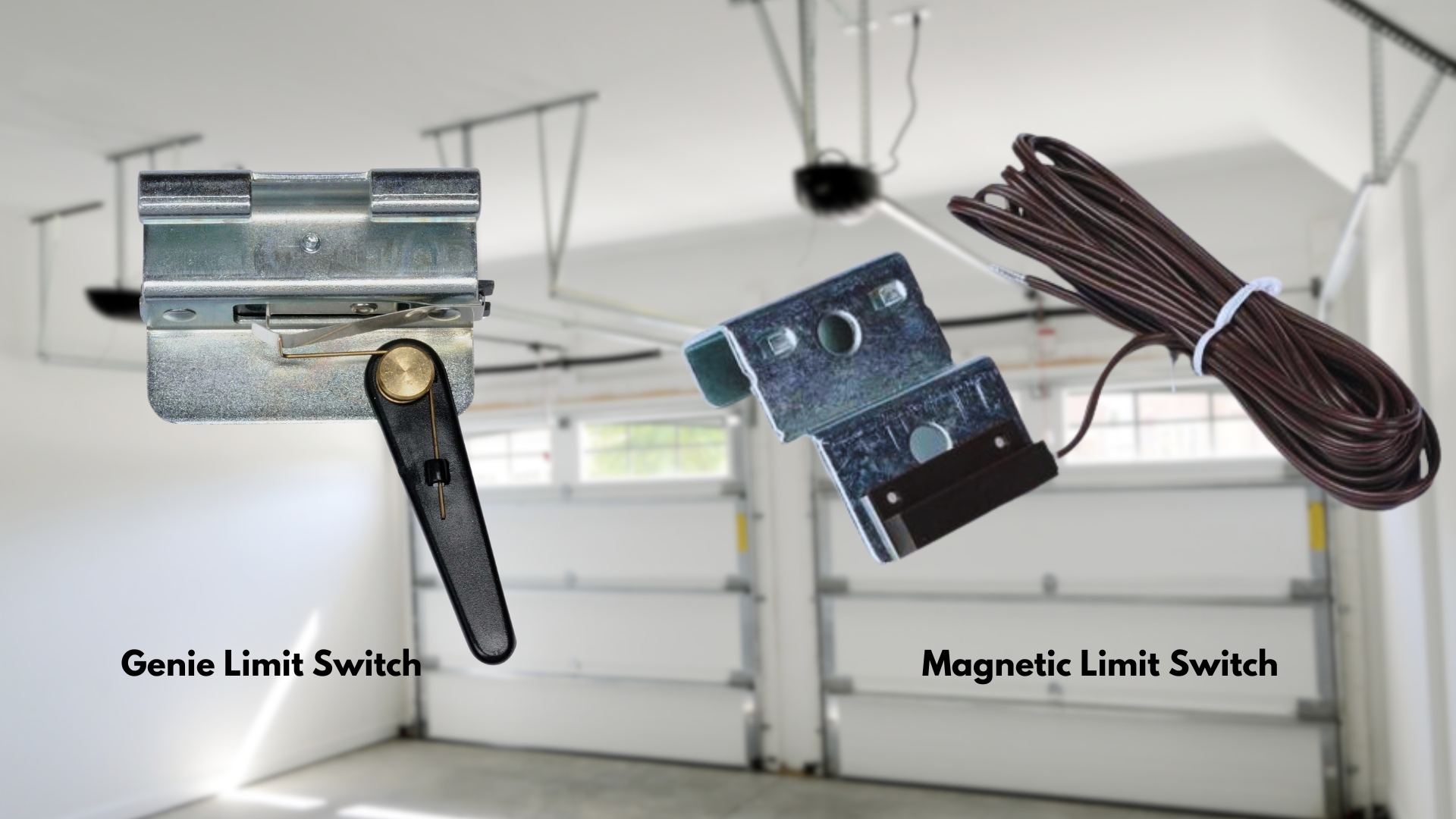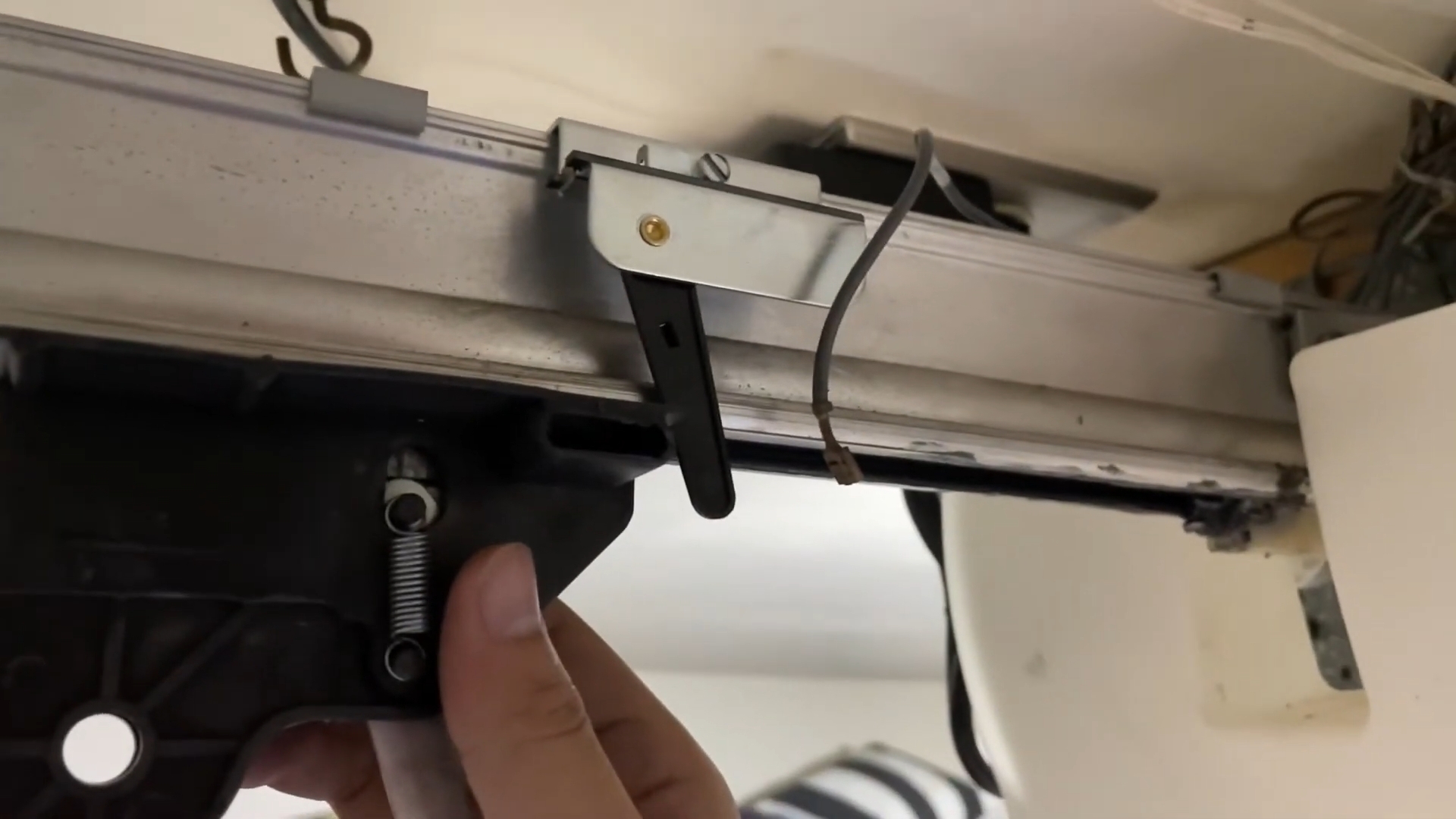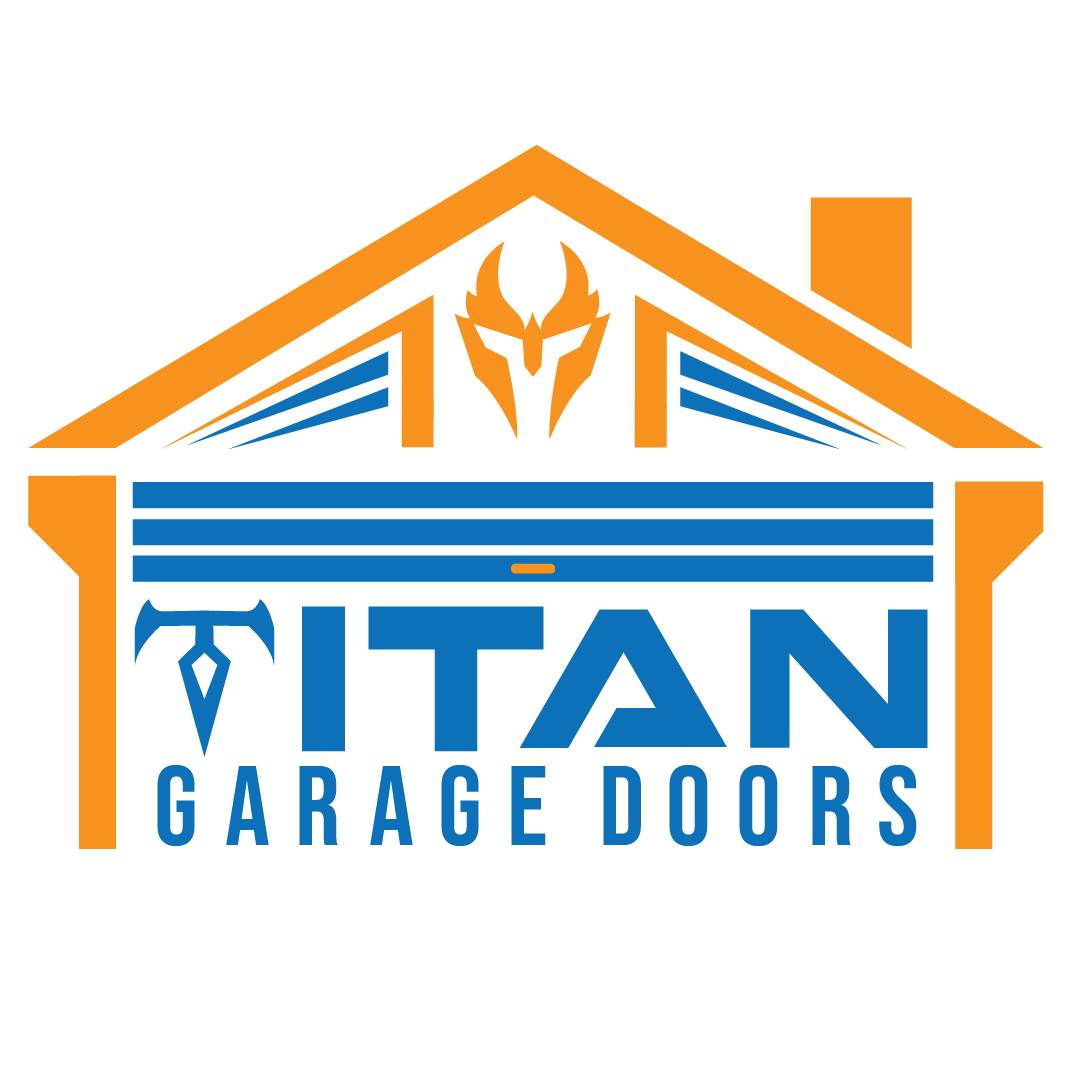
Imagine that when you press a button, your garage door opens or closes correctly and stops exactly where it should. Have you ever thought about what makes that precision possible? That is where the garage door limit switch comes into play. It is a part of your garage door system that does not get much attention but works hard to keep everything safe and smooth.
Understanding the nuts and bolts of your home can sometimes feel like learning a new language, especially your garage door system. But do not worry; we are here to make it easy for you. This blog will explain what the garage door limit switch is and how it works. So, let us get started and unlock the secrets behind what keeps your garage door moving smoothly.
What Is a Garage Door Limit Switch?
A garage door limit switch is a type of sensor used in the mechanics of an automatic garage door. Think of it as the traffic light for your garage door. This switch tells the garage door when to stop opening or closing, like how a green light means go and a red light means stop. There are three types of garage door limit switches:
- Mechanical limit switches: They are the most common type and work through physical contact. When the garage door reaches a certain point, it physically hits a switch, which tells the opener to stop.
- Magnetic limit switches: These switches use magnetism. When the door reaches a specific height, a magnet triggers the switch to stop the door.
- Electronic limit switches: These are the most modern versions that use sensors and have no physical contact at all. They rely on electronic signals to determine the door’s position and tell it to stop moving.

How Does a Garage Door Limit Switch Work?
At its core, a limit switch is a sensor. In the case of your garage door, it is a sensor that monitors how far the door travels. It connects to the garage door opener, which is the system that actually moves the door up and down. There are a few ways to do this, but the goal is always the same: signal the garage door opener to stop at the right time.
The garage door limit switch is an important part that controls the travel limits of your garage door. It ensures your garage door stops at the right open-and-closed positions. Imagine if your garage door kept closing when something or someone was in its way. The garage door limit switch, along with other safety mechanisms, helps prevent accidents.
Common Issues with Garage Limit Switches
Garage doors are an important part of our homes because they keep things secure and make life easier. However, when they start acting up, it can be a source of frustration. A malfunctioning limit switch can cause some garage door problems. Here are some of them:
Garage Door Misalignment
Sometimes, the limit switch gets knocked out of its proper position. It can happen after a forceful closure or with regular wear and tear. When misaligned, the switch would not accurately gauge the door’s position, leading to it stopping too soon or not soon enough.
Wear and Tear
Like any part of a well-used machine, limit switches can wear out at some point. Frequent use puts strain on the mechanical parts, leading to breakdowns. When it happens, a worn-out garage door limit switch might not react with precision. It can cause your opener to think that it is in a fully opened or closed position when it is not.
Electrical Issues
Limit switches are part of your garage door electrical system. Over time, wires can loosen, or connections can corrode, especially in damp environments. These electrical glitches can make your garage door act strangely, not closing or opening on its own.

How to Tell If Your Limit Switch Is Broken
It is helpful to know the signs that suggest something might be wrong with your limit switch. Here is how to figure it out:
- Your garage door does not open all the way or closes and then opens again for no apparent reason. It often suggests that the limit switch settings are off, which prevents the door from completing its full travel distance. If adjustments do not fix the issue, the switch might have broken.
- The garage door hits the ground too hard or opens too much, looking like it is trying to climb up over the garage door opener. Similar to the first sign, but in this case, the door travels beyond its intended limit, which can also suggest a faulty limit switch.
- Sometimes, your garage door works fine, and other times, it just does not. These changes could be due to intermittent electrical issues with the limit switch, possibly from worn-out components or loose wiring.
- After the door stops moving, you hear the garage door motor running like it thinks it is still going. It is a clear warning that the limit switch is not properly signaling the motor to stop.
You might wonder, “Is it such a big deal?”. When the limit switch is not working with a precise aim, it does not just cause a hassle; it can also pose a safety risk. A door that does not fully close leaves your garage and home more vulnerable. Similarly, a door that would not stay open can be a hazard to people and vehicles.
So, what should you do if you suspect your garage door limit switch is acting up? Before you grab any tools, remember that working with a garage door system can be dangerous. The springs are under a lot of stress, and the electrical parts are much more complicated. It is often best to consult with a garage door technician when dealing with these limit switches.
Garage Door Repair Near Me
Got trouble with your garage door limit switch? At Titan Garage Doors Lincoln NE, we get how important it is to have a working and safe garage door. Our expert team is here to make sure your garage door works right every time with our reliable garage door opener services. Whether you need emergency garage door repair, garage door installation, or routine maintenance, our team of skilled professionals has the answers to meet your specific needs and budget. Do not let issues with your garage door mess with your daily life. Call us today for quick, dependable, and wallet-friendly solutions.

